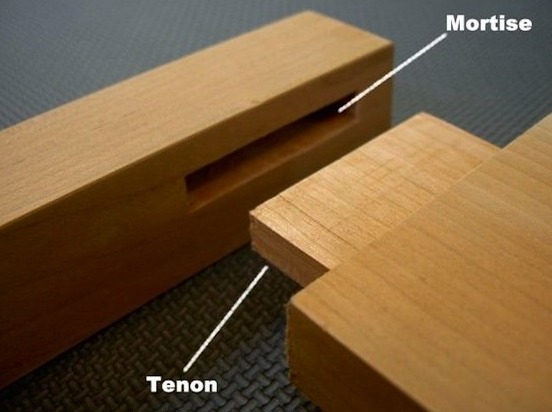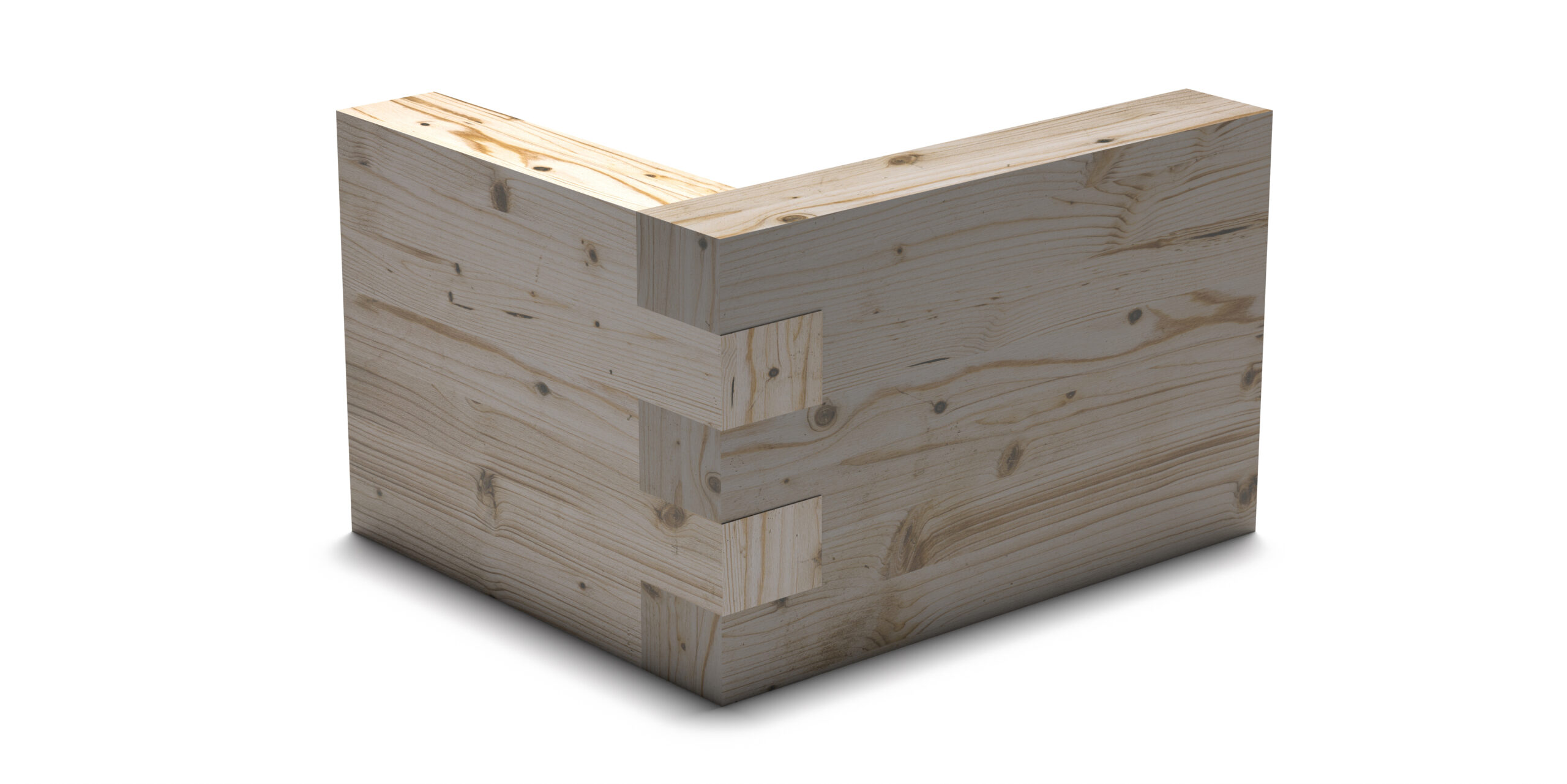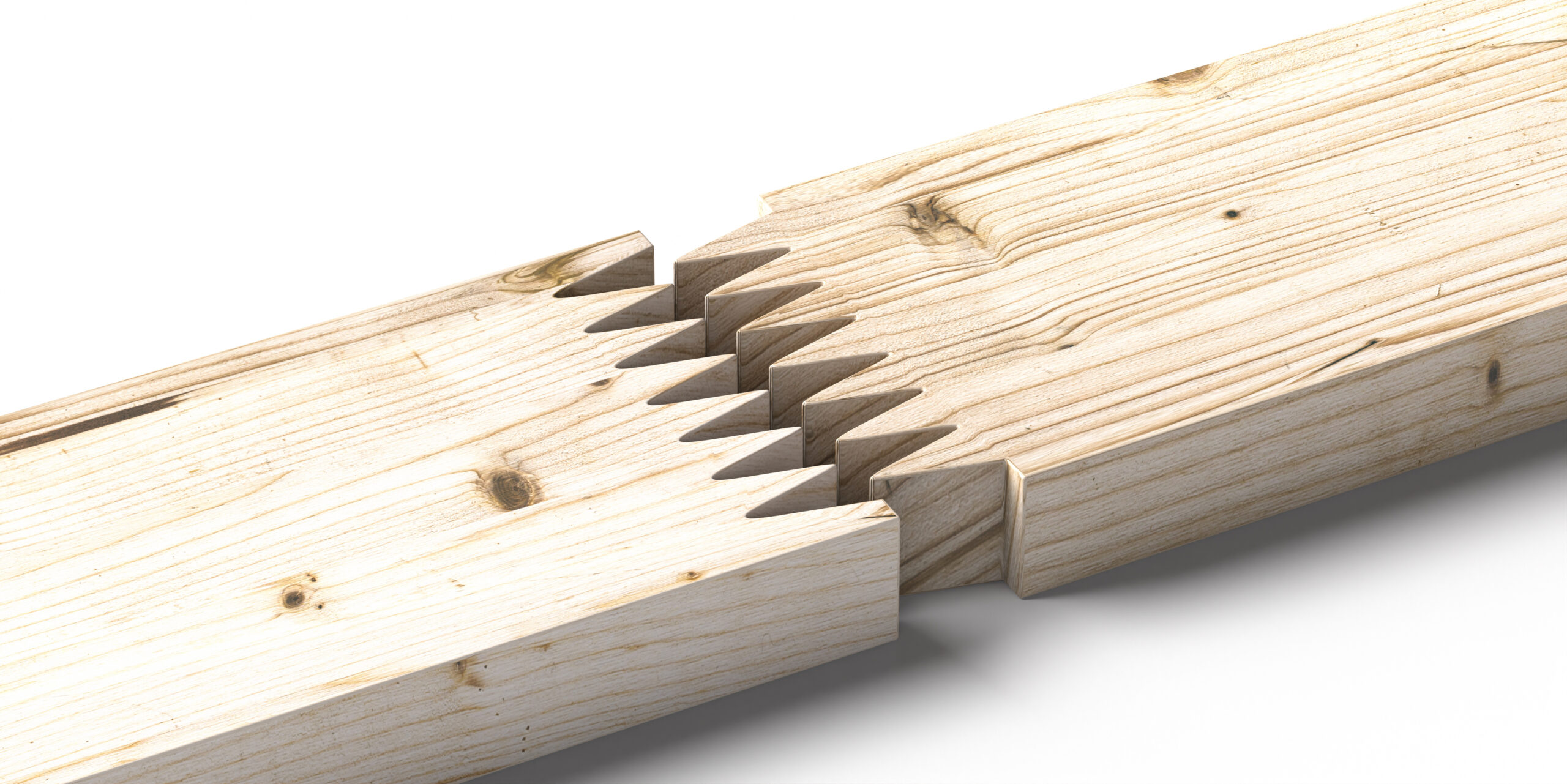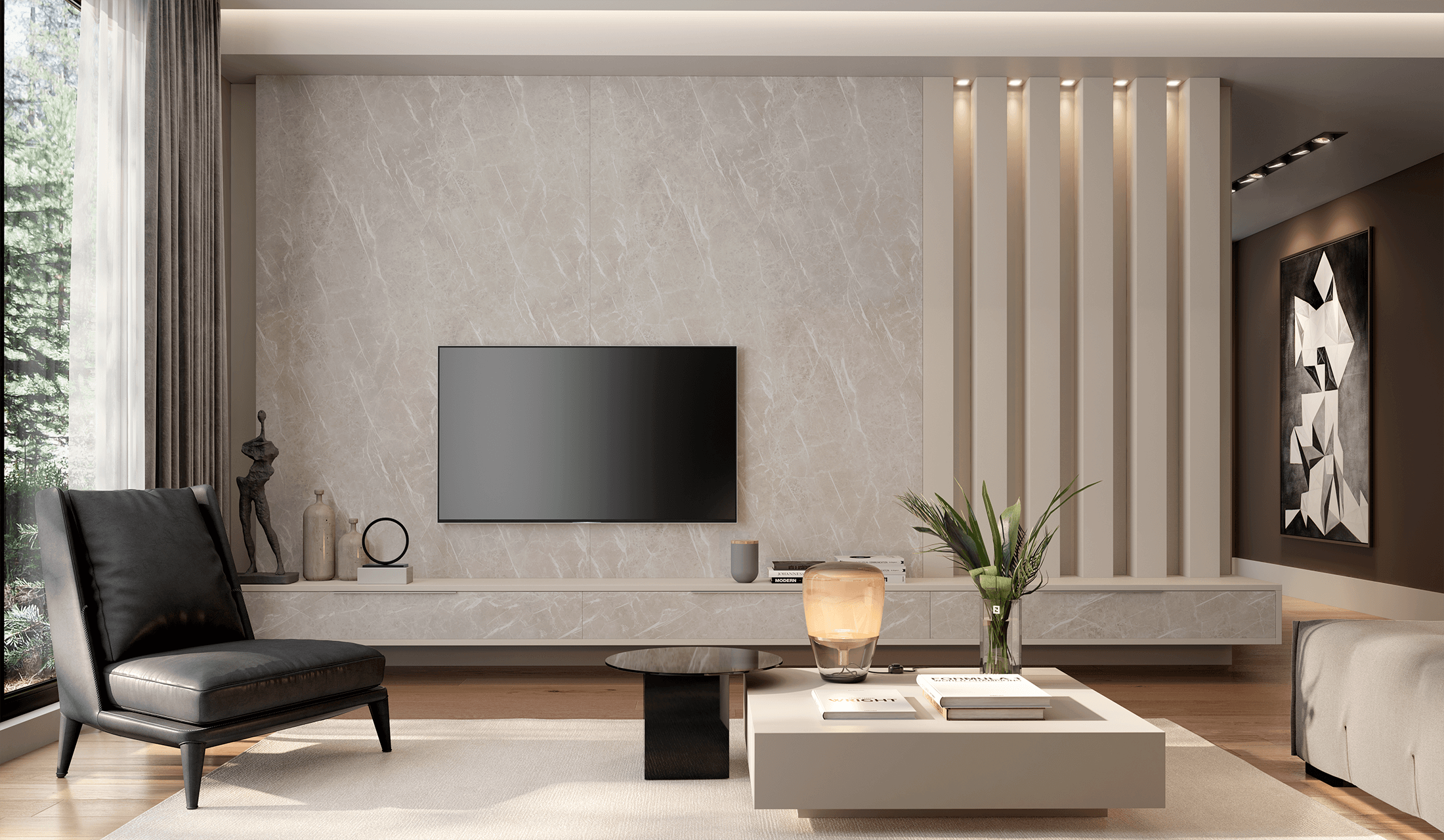In the world of construction and woodworking, the choice of materials play a pivotal role in shaping the outcome of any project.
In this article, we are going to delve into the structural part of woodworking projects and how to make them even more strength and design flexibility.
Structural strength redefined through Wood Panels
Firstly, the layered composition is a key factor in its incredible strength-to-weight ratio. Layering of thin wood veneers, each oriented at right angles to the one before has made wood panels a go-to choice for projects where dimensional stability is crucial, from flooring and roofing to walls and subfloors.
Unlike solid wood, which can exhibit variations in strength due to natural defects, wood panel’s structure provides consistent strength across the entire panel. This not only ensures structural reliability but also minimizes the risk of unexpected failures.
Design with load-bearing considerations in mind
One of the most exciting aspects of wood panels is its adaptability to various design aesthetics. This flexibility enables architects and woodworkers to push creative boundaries, achieving unique visual and textural effects, makes it an ideal choice to cater to intricate design requirements.
To make it even better, integrate load-bearing aspects into your design early on. Understanding where the weight will be distributed and designing components to support these forces can prevent structural problems in the future. This is crucial, especially for pieces of furniture like bookshelves or tables.
Use techniques for added strength
Good techniques of box joints can significantly enhance the strength of your woodworking projects. These methods create interlocking connections that distribute weight and stress evenly across joints, minimizing the risk of weak points. Some of the most resistant are:
- Mortise and tenon joint

The mortise and tenon joint stands as one of the most ancient and strength connections in woodworking. This technique entails carving a square or rectangular recess (mortise) into one wooden piece and seamlessly integrating a matching protruding piece (tenon) on the adjoining component. Renowned for its remarkable robustness and longevity, this joint finds extensive application in furniture craftsmanship and structural projects.
- Dovetail joint
 Wooden box joint jig, dovetail connection concept. Woodworking of corner assembling with finger joints isolated on white background. Closeup. 3d illustration[/caption]
Wooden box joint jig, dovetail connection concept. Woodworking of corner assembling with finger joints isolated on white background. Closeup. 3d illustration[/caption]
The dovetail joint stands as a timeless and visually appealing connection celebrated for both its extraordinary sturdiness and exquisite appearance. This joint technique entails intricately intertwining trapezoidal pins and tails that are meticulously carved into the extremities of two wooden pieces. Renowned for its exceptional strength and striking aesthetic, dovetail joints are frequently encountered in top-tier furniture, cabinets, and drawers, serving as a testament to the artistry and mastery of the woodworking craft.
- Finger joint
 Finger joint wood connection concept. Woodworking of zigzag at the end of the pieces for splicing on white background. 3d illustration[/caption]
Finger joint wood connection concept. Woodworking of zigzag at the end of the pieces for splicing on white background. 3d illustration[/caption]
Characterized by its integration of rectangular “fingers” that intricately mesh into the terminations of two wooden sections. This joint method yields an expansive adhesive area, enhancing its resilience against tensile stresses. The finger joint finds frequent application in crafting boxes and constructing drawers due to its robust attributes.
Laminate wood for extra resilience
Laminating wood involves gluing multiple layers together, which not only adds strength but also allows for interesting design possibilities. Laminated beams, for instance, can support heavy loads and span longer distances while maintaining structural integrity.
Apply finishes for protection and durability
Applying finishes, such as varnish, lacquer, or polyurethane, not only enhances the aesthetic appeal of your woodworking project but also protects the wood from moisture, UV rays, and other environmental factors. A well-protected project maintains its strength and beauty over time.
Regular maintenance
Even the sturdiest woodworking projects require maintenance to preserve their structural integrity over the years. Regular inspections, tightening of joints, and refinishing can extend the life of your creations and keep them looking and functioning at their best.
In conclusion, enhancing structural strength and design flexibility in woodworking projects is a delicate balance between choosing the right materials, employing proven techniques, and infusing creativity into your designs.
By following these strategies, you can craft pieces that not only stand the test of time but also showcase your woodworking skills and creativity.
Request Your Plywood Express Sample Box Today!
Our sample box is designed to offer you a tangible experience of the possibilities that wood panel by Plywood Express can bring to your projects.
From its remarkable strength and stability to its aesthetic adaptability, this sample box encapsulates the essence of what makes wood panel a game-changer in the woodworking industry.
Fill out the form below to request your unique box of plywood samples to present to your customers.





